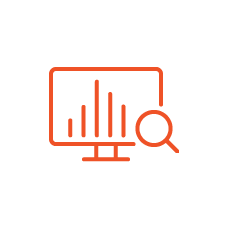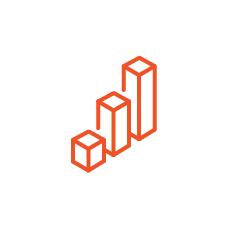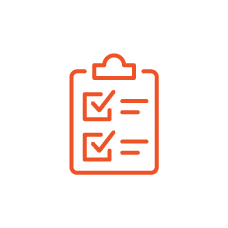When moving to cloud, don’t overlook performance and security optimisation
Like all relatively new technology, cloud is super powerful, but migrating to it can be a problem if you’re not prepared for the changes. Ignoring factors around security and performance can hurt an organisation if it’s not adequately prepared.
Different cloud options will have different performance levels, and data security must be managed at all levels including backups and retention. Here, we delve into the most important factors to consider for your cloud migration so that your new IT infrastructure will perform effectively and keep information secure.
Security a focus: performance, not so much
In general, security is not overlooked nearly as much as performance when it comes to formulating enterprise cloud service architecture. A common reason for migration can be that the organisation wants to get rid of a traditional IaaS and move to PaaS or SaaS, or that the product is up for renewal rather than a monolithic upgrade.
A professional organisation will look at the security of data not just in the app, but also through transit and presentation. Is the data backed up and encrypted? There are cloud backup as a service providers that can help here. When it comes to a cloud migration, security must be an end-to-end consideration.
Regarding performance, a lot of organisations rush to the cloud, and if we’re talking about something like email it’s easy to see the appeal. But will it be faster than having dedicated hardware to do the job?
Performance has its time and place – for example, email can accept a performance hit and no one will notice – but with database reports that can take much longer, senior people could be impacted quickly.
Any cloud migration needs to delve deeper and identify the types of workloads to ensure both performance and security will be covered. This will both minimise the risks, and maximise the benefits to the organisation.
Good practices for security and performance
In order to plan for both security and performance optimisation from the start, here are some of the most important factors to consider:
- Cloud brings new vendors. In cloud, there are additional vendors who are now part of your supply chain, including additional risk vectors for security, performance and availability. For example, at Tecala we can provide you with managed infrastructure as a service in the form of a virtual data centre, bare metal, on-premises equipment, Azure and AWS cloud, and PaaS and SaaS. Each of those has a number of components with unique pros and cons. If you are running SQL-as-a-service you don’t have to worry about patching, but you don’t control as much of the environment.
- Don’t forget data retention. It is important to ensure all cloud services have the adequate level of data retention for your business, and if not, what services can be used to improve it with backup and recovery as a service. Also, data integration is ramping up as everything is in the cloud these days, everything is API driven, and there are cloud-based integration options which leverage the capability of AI.
- Reap the scalability benefits. By planning for security and performance up-front, you will be able to better scale your applications and business. No longer bound by traditional technology constraints of the office, cloud will help you scale everything from an ERP system to document collaboration.
- Cloud breaches are serious. It’s simply not acceptable if you don’t consider cloud security from the start and it is found out later as a breach. Now there are laws with penalties, and massive media backlash that can damage a company’s reputation. Cutting corners during migration could cost dearly over time.
- User experience. Poor performance planning can degrade user experience and have a commercial impact. If you are running a platform with real-time performance needs, such as share trading or working from home collaboration, and the chosen cloud is not up to the task, then productivity will suffer.
- Revisions will cost more. If you don’t plan for security and performance from day one you will have to redo it later, which almost always ends up costing more.
How the MSP delivery helps
Before moving to cloud it’s important to get the best advice to plan the best approach. An experienced MSP will be vendor agnostic and bring a breadth of knowledge across your industry and the matching vendor capabilities.
At Tecala, we carry out cloud migrations all the time as part of our enterprise architecture services, whereas an individual organisation is going to do it once. We use our experience to help clients avoid missteps and maximise outcomes without the hassle.
We can perform migrations quickly and keep an eye on security and performance from day one. With an active partner such as Tecala, you’ll be able to better utilise your cloud services and gain far greater benefits in the process.







